10 Unmissable Predictions for Content Marketing Future 2024

Here are 10 important statistics that highlight the significance of content marketing in today's digital landscape:
Example where I used AtOnce's AI content generator to write high-quality content: blog posts, emails & ads:

- Content marketing generates three times as many leads as traditional outbound marketing strategies.
- Over 70% of marketers actively invest in content marketing.
- Companies that prioritize content marketing experience six times higher conversion rates compared to their competitors.
- More than 60% of consumers feel more positive about a brand after consuming their content.
- Content marketing costs 62% less than traditional marketing methods while generating three times as many leads.
- Over 90% of B2B marketers use content marketing to reach their target audience.
- Content marketing generates over four times more website traffic than paid search advertising.
- Approximately 80% of people prefer to learn about a company through articles rather than advertisements.
- Companies that publish 16 or more blog posts per month receive three and a half times more traffic than those that publish less frequently.
- Content marketing is projected to be a $412 billion industry by 2021.
1. The Rise of Artificial Intelligence in Content Creation
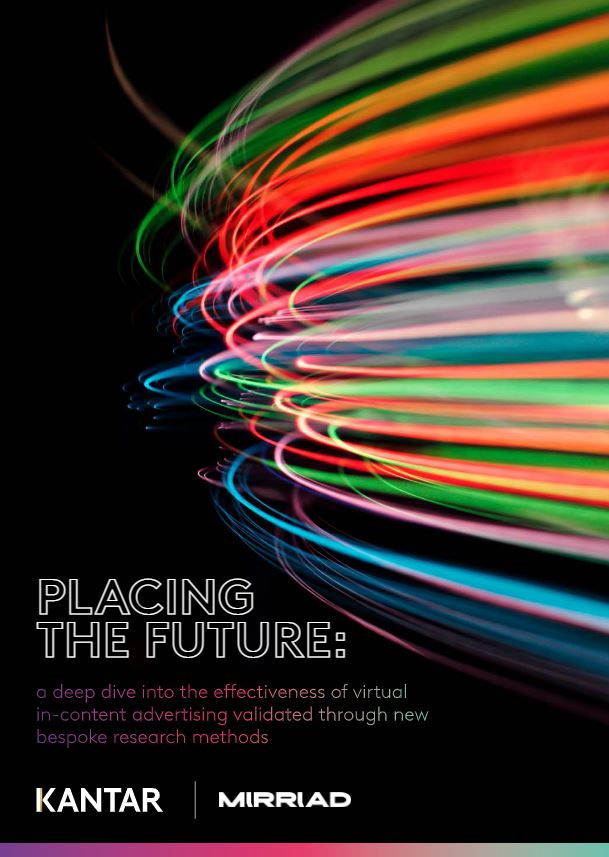
Artificial Intelligence (AI) will play a crucial role in content creation in the future.
AI-powered tools can analyze vast amounts of data, identify trends, and generate personalized content tailored to individual users.
This technology will enable marketers to deliver highly targeted and relevant content, increasing engagement and conversions.
1.1 Natural Language Processing (NLP)
Natural Language Processing (NLP) is a branch of AI that focuses on the interaction between computers and human language.
NLP algorithms can understand, interpret, and generate human language, making it an essential tool for content marketers.
By leveraging NLP, marketers can automate content creation, optimize SEO, and improve overall user experience.
1.2 Latent Semantic Indexing (LSI)
Latent Semantic Indexing (LSI) is a mathematical technique used to identify relationships between terms and concepts in content.
LSI helps search engines understand the context and relevance of content, improving search rankings.
Marketers can leverage LSI to optimize their content for specific keywords and improve organic visibility.
Here's an example where I've used AtOnce's AI SEO optimizer to rank higher on Google without wasting hours on research:

Example of me using AtOnce's AI SEO writer to generate high-quality articles that actually rank in Google:
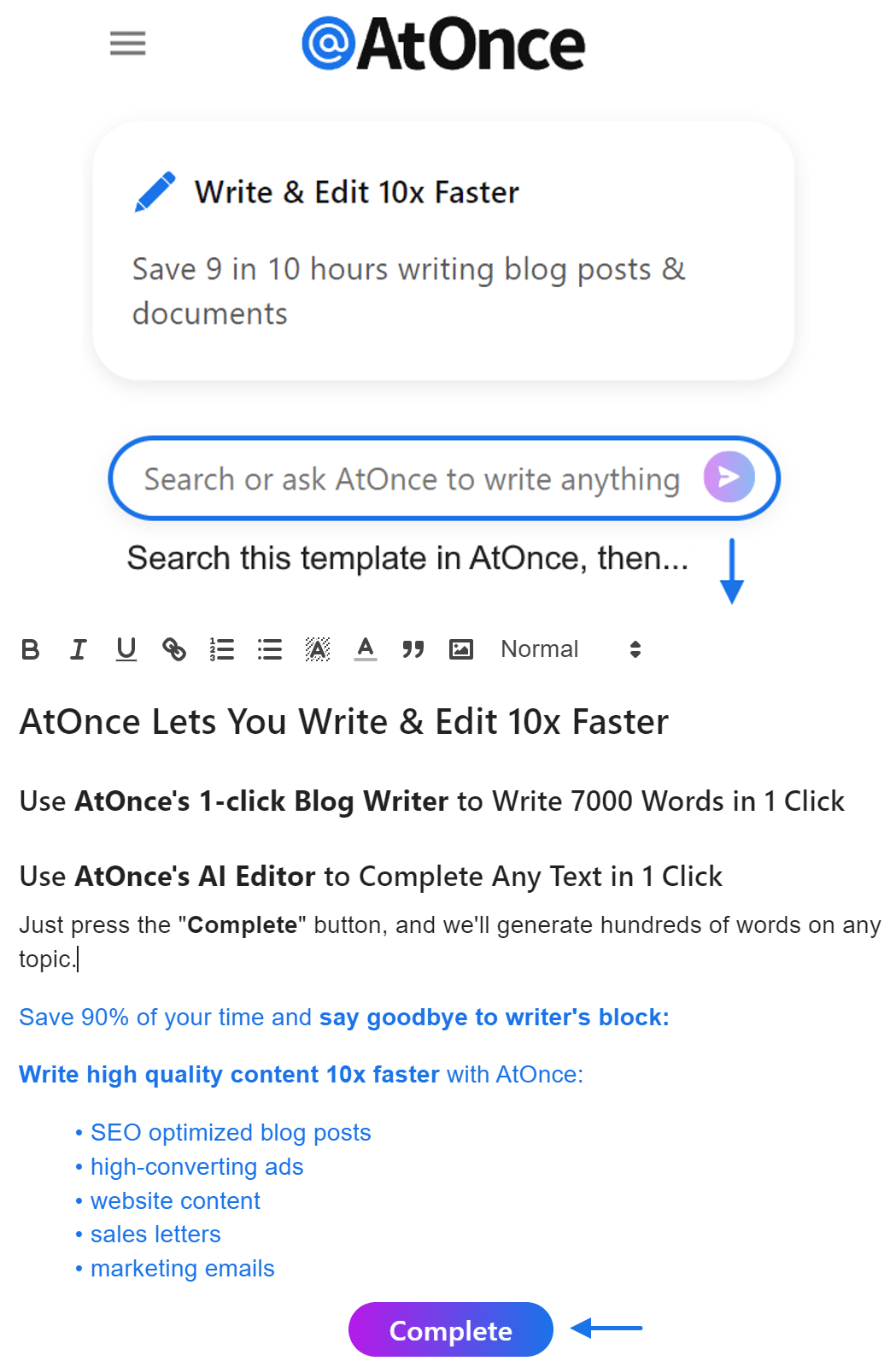
1.3 AI-Generated Content
In the future, AI will be capable of generating high-quality content that is indistinguishable from human-created content.
AI-powered tools can analyze data, identify patterns, and generate engaging articles, blog posts, and social media updates.
This technology will save time and resources for marketers while maintaining the quality and consistency of content.
2. Personalized Content Experiences

Personalization will become a key focus for content marketers in the future.
By leveraging data and AI, marketers can deliver personalized content experiences tailored to individual users' preferences, interests, and behaviors.
Personalized content increases engagement, builds brand loyalty, and drives conversions.
2.1 User Behavior Tracking
User behavior tracking tools will become more sophisticated, allowing marketers to gather detailed insights into user preferences and behaviors.
By analyzing this data, marketers can create personalized content recommendations, product suggestions, and targeted offers that resonate with individual users.
2.2 Dynamic Content Delivery
Dynamic content delivery involves tailoring content in real-time based on user interactions and preferences.
Marketers can use AI-powered algorithms to deliver personalized content recommendations, product suggestions, and offers that are most likely to resonate with individual users.
This approach increases engagement and conversions.
2.3 Hyper-Personalization
Hyper-personalization takes personalization to the next level by delivering highly targeted content based on individual user preferences, behaviors, and demographics.
Marketers can leverage AI and machine learning algorithms to create hyper-personalized content experiences that drive engagement, loyalty, and conversions.
3. Video Content Dominance

Video content will continue to dominate the content marketing landscape in the future.
With the rise of platforms like YouTube, TikTok, and Instagram Reels, video has become the preferred format for consuming content.
Marketers need to prioritize video content creation to stay relevant and engage with their target audience.
3.1 Live Streaming
Live streaming will become an integral part of content marketing strategies.
Platforms like Facebook Live, Instagram Live, and YouTube Live allow brands to connect with their audience in real-time, fostering authenticity and building trust.
Marketers can leverage live streaming to host Q&A sessions, product launches, and behind-the-scenes content.
3.2 Interactive Videos
Interactive videos provide an immersive and engaging experience for viewers.
Marketers can incorporate interactive elements such as quizzes, polls, and clickable hotspots within videos to encourage viewer participation and increase engagement.
Interactive videos create a two-way communication channel, allowing brands to gather valuable insights from their audience.
3.3 Vertical Video
With the increasing popularity of mobile devices, vertical video has gained traction.
Vertical videos are optimized for mobile viewing and provide a seamless user experience.
Marketers should consider creating vertical video content to cater to the growing number of mobile users and maximize engagement.
4. Voice Search Optimization

Voice search is rapidly gaining popularity, thanks to the rise of virtual assistants like Siri, Alexa, and Google Assistant.
Marketers need to optimize their content for voice search to ensure visibility and reach their target audience effectively.
4.1 Conversational Keywords
Conversational keywords are longer, more natural phrases that people use when conducting voice searches.
Marketers should focus on incorporating conversational keywords into their content to improve visibility in voice search results.
Understanding user intent and providing direct answers to common questions will be crucial for success.
4.2 Featured Snippets
Featured snippets are concise answers displayed at the top of search engine results pages (SERPs).
Optimizing content to appear as a featured snippet can significantly increase visibility in voice search results.
Marketers should structure their content to provide clear and concise answers to commonly asked questions.
4.3 Schema Markup
Schema markup is a code that helps search engines understand the context and meaning of content.
Marketers should implement schema markup to provide additional information about their content, making it more relevant for voice search queries.
This can improve visibility and increase the chances of appearing in voice search results.
5. Augmented Reality (AR) and Virtual Reality (VR)
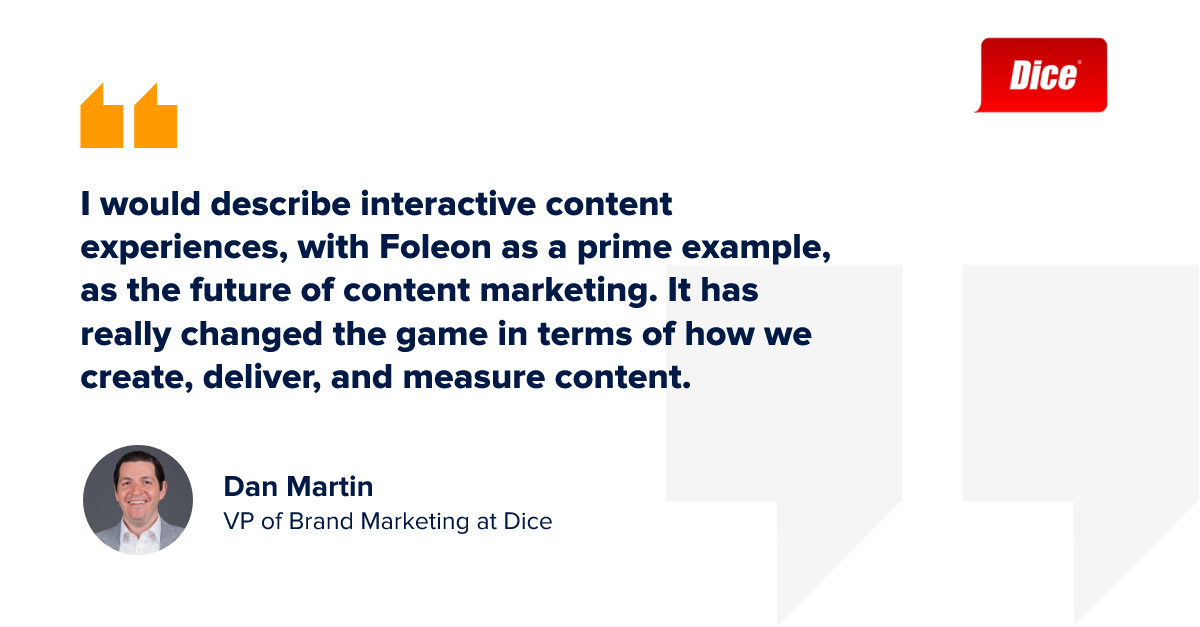
Augmented Reality (AR) and Virtual Reality (VR) technologies will revolutionize content marketing by providing immersive and interactive experiences for users.
Marketers can leverage AR and VR to create engaging and memorable content that drives brand awareness and customer engagement.
5.1 AR Product Visualization
AR allows users to visualize products in their real-world environment using their smartphones or AR-enabled devices.
Marketers can create AR experiences that allow users to try on virtual clothing, visualize furniture in their homes, or preview products before making a purchase.
This technology enhances the customer experience and increases confidence in purchasing decisions.
5.2 VR Brand Experiences
VR enables users to immerse themselves in virtual environments and interact with branded content.
Marketers can create VR experiences that transport users to virtual showrooms, events, or destinations, providing a unique and memorable brand experience.
VR content creates a lasting impression and fosters emotional connections with the audience.
5.3 Interactive AR/VR Content
Interactive AR/VR content allows users to actively engage with the content and influence the narrative.
Marketers can create interactive storytelling experiences, gamified content, or educational simulations using AR/VR technology.
Interactive AR/VR content increases engagement, encourages social sharing, and drives brand advocacy.
6. Influencer Marketing Evolution
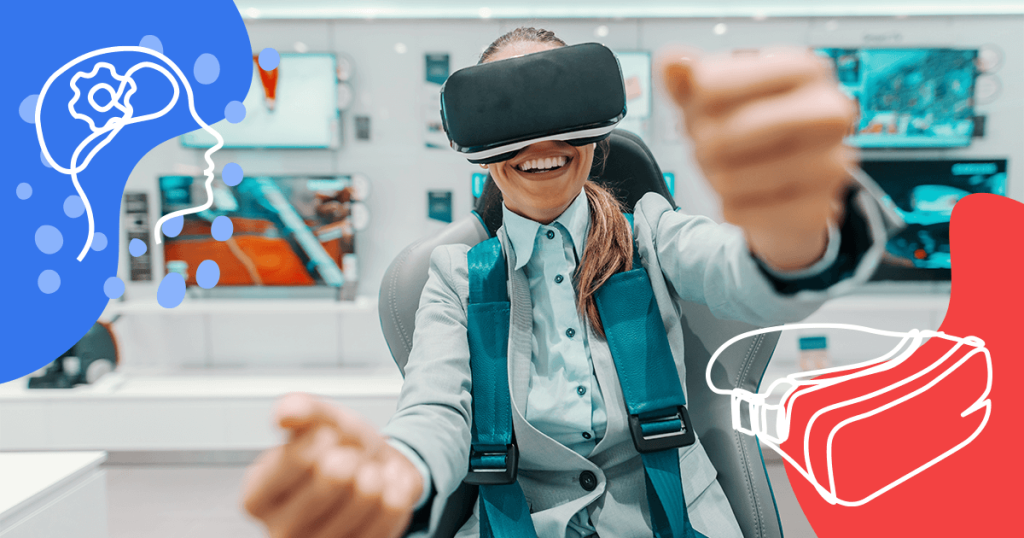
Influencer marketing will continue to evolve in the future as brands seek authentic and meaningful connections with their target audience.
Marketers need to adapt their influencer marketing strategies to stay relevant and leverage the power of influencers effectively.
6.1 Micro-Influencers
Micro-influencers, with smaller but highly engaged audiences, will gain prominence in influencer marketing.
Marketers can collaborate with micro-influencers who have a genuine connection with their niche audience, resulting in more authentic and impactful brand partnerships.
Micro-influencers often have higher engagement rates and offer cost-effective options for brands.
6.2 Long-Term Partnerships
Long-term partnerships between brands and influencers will become more prevalent.
Instead of one-off collaborations, marketers will focus on building long-term relationships with influencers to foster authenticity and trust.
Long-term partnerships allow influencers to become brand advocates, creating a deeper connection with their audience.
You can use AtOnce's team collaboration software to manage our team better & save 80%+ of our time:
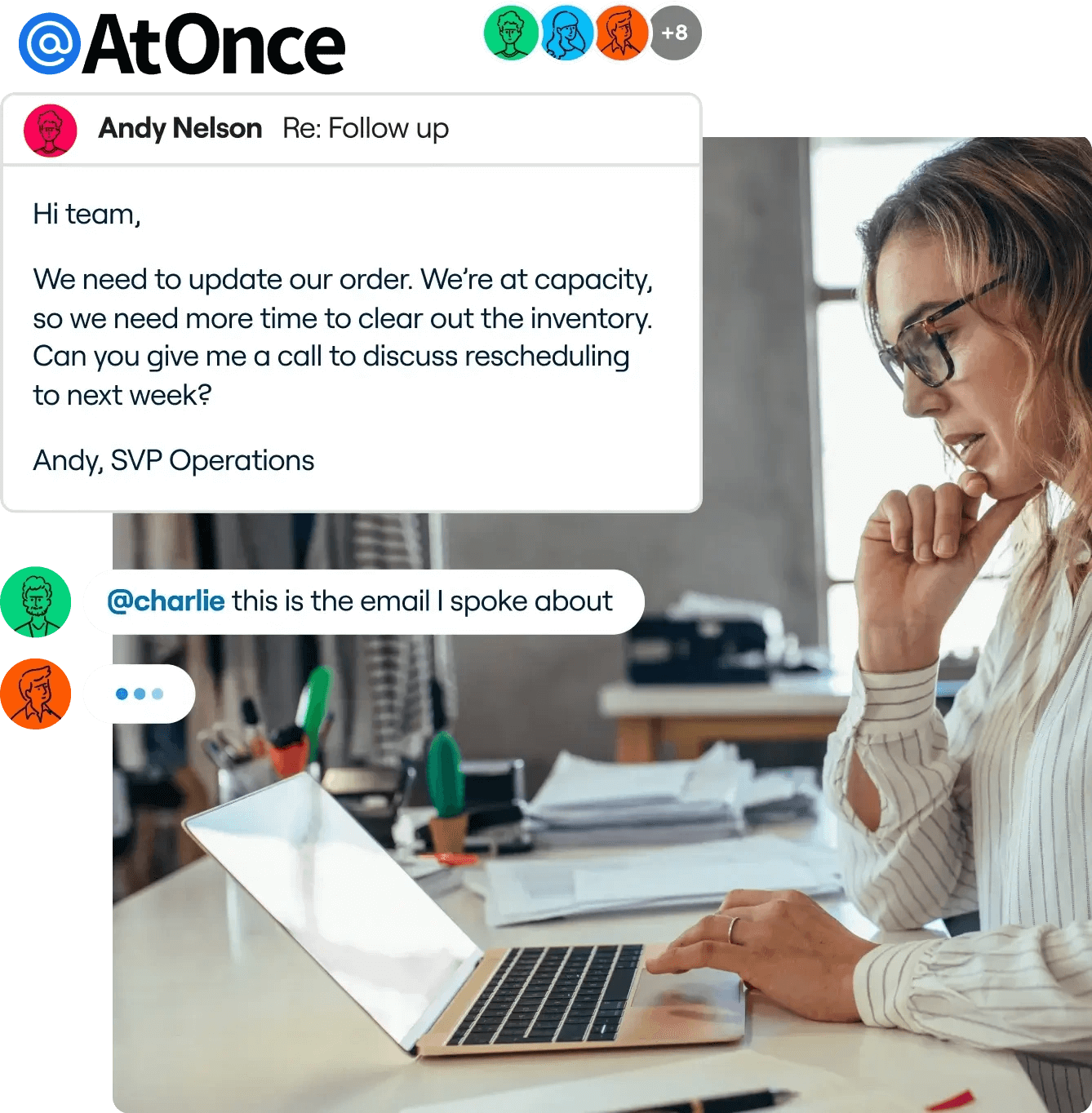
6.3 Authentic Storytelling
Authentic storytelling will be the key to successful influencer marketing campaigns.
Marketers should encourage influencers to share personal stories and experiences that align with the brand's values and resonate with their audience.
Authentic storytelling creates emotional connections and builds trust with the audience.
7. User-Generated Content (UGC) Amplification
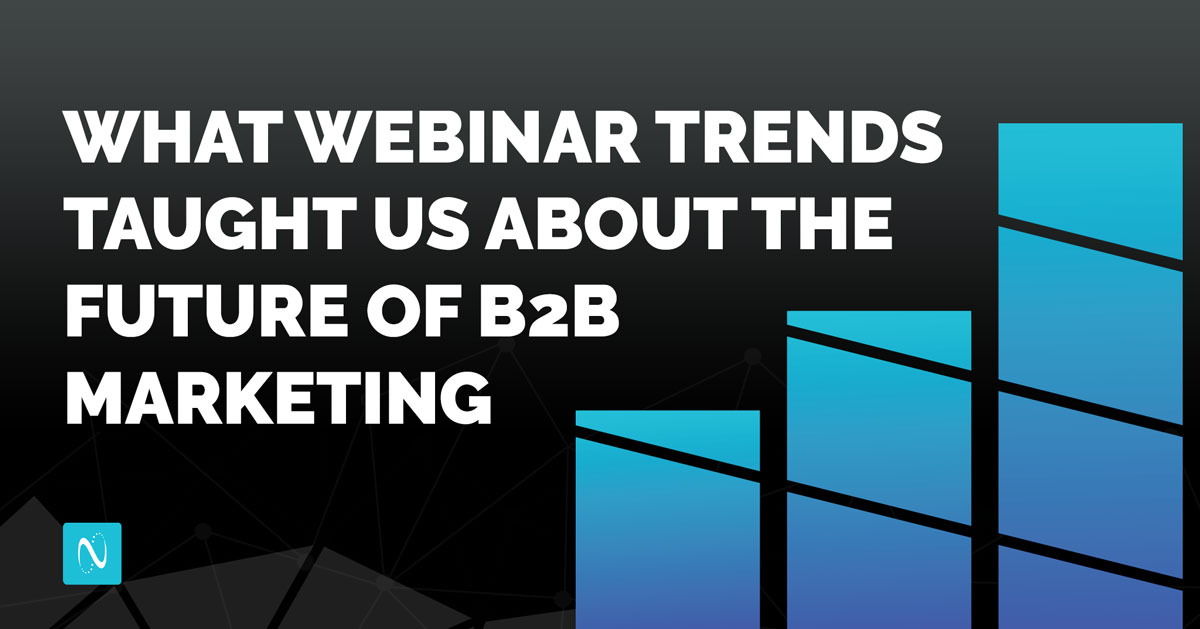
User-Generated Content (UGC) will continue to play a significant role in content marketing.
Marketers can amplify UGC to build social proof, increase brand credibility, and foster community engagement.
7.1 UGC Campaigns
Marketers can launch UGC campaigns to encourage users to create and share content related to their brand.
This can include user reviews, testimonials, social media posts, or videos.
UGC campaigns create a sense of community and authenticity, driving engagement and brand loyalty.
7.2 UGC Curation
Curating UGC involves selecting and showcasing the best user-generated content on brand-owned platforms.
Marketers can leverage AI-powered tools to identify and curate relevant UGC, ensuring high-quality content is displayed to the audience.
UGC curation enhances brand credibility and encourages further user participation.
7.3 UGC Collaboration
Collaborating with users to co-create content will become more prevalent.
Marketers can involve their audience in content creation by soliciting ideas, feedback, or contributions.
UGC collaboration fosters a sense of ownership and strengthens the bond between the brand and its community.
8. Interactive Content Experiences
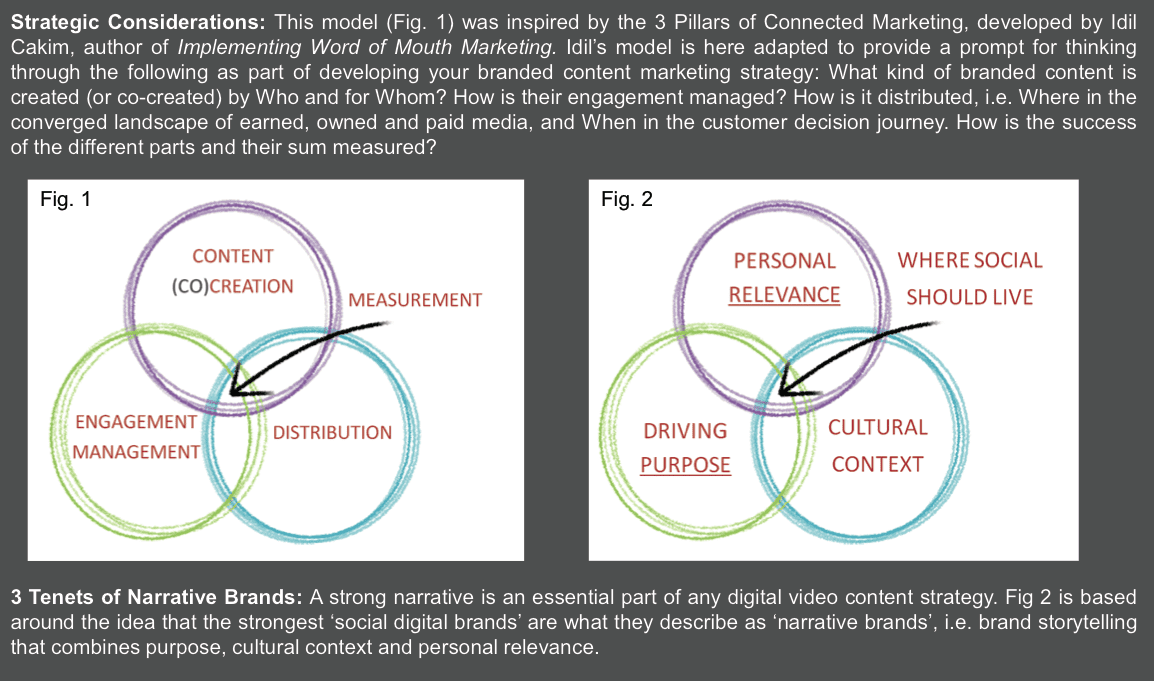
Interactive content will continue to gain popularity as it provides a more engaging and immersive experience for users.
Marketers can leverage interactive content to capture attention, increase dwell time, and drive conversions.
8.1 Quizzes and Polls
Quizzes and polls are interactive content formats that encourage user participation and provide instant feedback.
Marketers can create quizzes and polls related to their industry or products to engage with their audience and gather valuable insights.
Quizzes and polls increase engagement and encourage social sharing.
8.2 Calculators and Assessments
Calculators and assessments provide personalized insights and recommendations based on user inputs.
Marketers can create calculators and assessments that help users make informed decisions or evaluate their needs.
This interactive content format increases engagement and positions the brand as a trusted advisor.
8.3 Interactive Infographics
Interactive infographics allow users to explore data and information in a visually appealing and interactive manner.
Marketers can create interactive infographics that enable users to dive deeper into specific sections, view additional content, or interact with charts and graphs.
Interactive infographics enhance user experience and increase information retention.
9. Content Distribution Strategies

Content distribution strategies will become more sophisticated as marketers strive to reach their target audience effectively.
Marketers need to diversify their distribution channels and leverage emerging platforms to maximize content visibility.
9.1 Social Media Platforms
Social media platforms will remain crucial for content distribution.
Marketers should optimize their content for each platform and leverage features like stories, live streaming, and interactive posts to increase engagement.
Building a strong social media presence and fostering community engagement will be essential.
9.2 Emerging Platforms
Marketers should keep an eye on emerging platforms and trends to stay ahead of the competition.
Platforms like TikTok, Clubhouse, and Snapchat offer unique opportunities to reach younger audiences and experiment with innovative content formats.
Marketers should adapt their content to suit the preferences and behaviors of each platform's user base.
9.3 Native Advertising
Native advertising involves creating sponsored content that seamlessly blends with the platform's native format and user experience.
Marketers can leverage native advertising to reach a wider audience and increase brand visibility.
Native ads should provide value to the audience and align with the platform's content guidelines.
10. Data-Driven Decision Making
Data-driven decision making will become the norm in content marketing.
Marketers need to leverage data analytics and insights to optimize their strategies, measure performance, and drive continuous improvement.
10.1 Advanced Analytics
Advanced analytics tools will enable marketers to gather detailed insights into content performance, audience behavior, and conversion metrics.
Marketers should leverage these tools to identify trends, optimize content strategies, and make data-driven decisions.
10.2 A/B Testing
A/B testing involves comparing two versions of a webpage or content to determine which performs better.
Marketers should conduct A/B tests to optimize headlines, visuals, calls-to-action, and other elements of their content.
A/B testing helps identify the most effective strategies and improve overall performance.
10.3 Predictive Analytics
Predictive analytics uses historical data and machine learning algorithms to forecast future outcomes.
Marketers can leverage predictive analytics to anticipate trends, identify potential opportunities, and optimize their content strategies accordingly.
Predictive analytics empowers marketers to make proactive decisions and stay ahead of the competition.
Want To Get More Traffic To Your Site?
Over 15,763 SEO agencies and brands are using AtOnce to rank higher on Google.
It lets you write hundreds of articles on any topic, giving you more clicks to your site.

Get more traffic and sales — without wasting months of your time.
Click Here To Learn More
What is the future of content marketing?
The future of content marketing is bright and promising. With advancements in technology and the increasing demand for personalized and valuable content, content marketing will continue to play a crucial role in businesses' marketing strategies. It will evolve to incorporate more interactive and immersive formats, such as virtual reality and augmented reality, to engage and captivate audiences. Additionally, artificial intelligence and machine learning will be utilized to create more targeted and personalized content experiences for consumers.
How will content marketing evolve in the coming years?
In the coming years, content marketing will evolve to become even more data-driven and personalized. With the advancements in technology, marketers will have access to more data and insights about their target audience, allowing them to create highly targeted and relevant content. Automation and artificial intelligence will also play a significant role in content creation and distribution, enabling marketers to streamline their processes and deliver content at scale. Additionally, the rise of voice search and smart devices will require marketers to optimize their content for voice-based interactions.
What are the key trends in content marketing for the future?
Some key trends in content marketing for the future include the rise of interactive and immersive content formats, such as virtual reality and augmented reality. These formats will provide more engaging and memorable experiences for consumers. Personalization will also be a major trend, with marketers leveraging data and technology to deliver highly targeted and relevant content to their audience. Additionally, video content will continue to dominate, with live streaming and short-form videos gaining popularity. Lastly, voice search optimization and the use of smart devices will become essential for content marketers to reach their audience effectively.

Asim is the CEO & founder of AtOnce. After 5 years of marketing & customer service experience, he's now using Artificial Intelligence to save people time.
Read This Next
10 Best Proven Content Marketing Phoenix AZ Strategies 202410 Proven Reasons: Does Blog Frequency Impact SEO? - 202410 Ultimate Secrets: What is Visual Content Marketing? Revealed 202450 Proven SEO Strategies for Crochet Pattern Blog Success 2024











